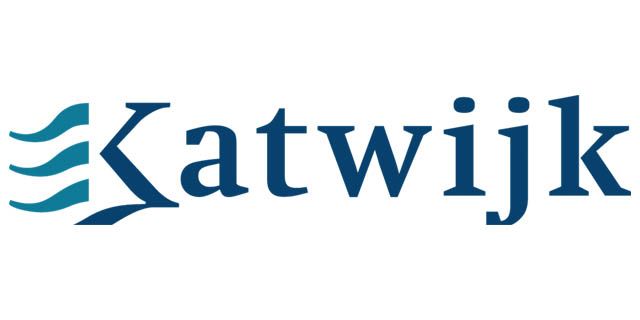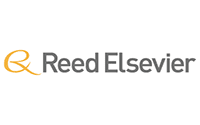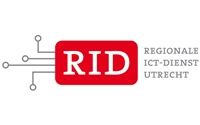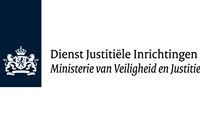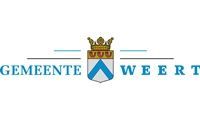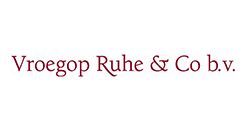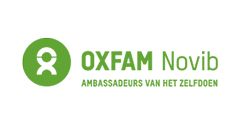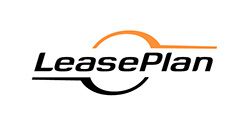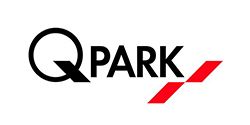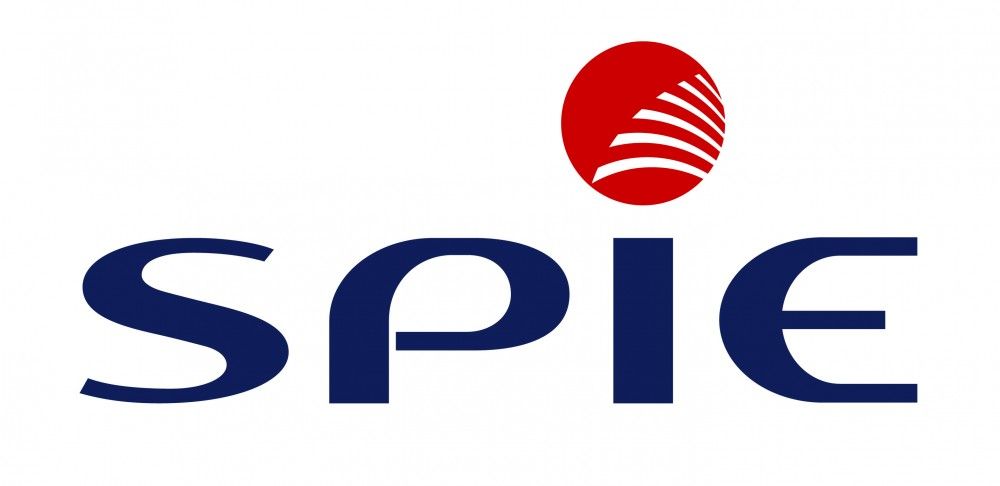Cursusbeschrijving
This course provides experienced Exchange Server administrators with the knowledge to design and implement an Exchange Server 2016 messaging environment. Students will learn how to design and configure advanced components in an Exchange Server 2016 deployment such as site resiliency, advanced security, compliance, archiving, and discovery solutions.
In addition, students will learn about coexistence with other Exchange organizations or Exchange Online, and migration from previous versions of Exchange Server. The course will provide guidelines, best practices, and considerations that will help students optimize their Exchange Server deployment.
{tab Doelgroep}
This course is intended for IT professionals who are experienced messaging administrators, messaging architects, or consultants. This course is designed for professionals in an enterprise environment who are responsible for designing and deploying Exchange Server 2016 solutions, including environments that contain previous versions of Exchange Server or Exchange Online.
Students are expected to have experience with Exchange Server 2016 or previous versions of Exchange Server.
This course is also intended as preparation material for IT professionals who are looking to take the 70-345: Designing and Deploying Microsoft Exchange Server 2016 exam as part of the requirement for the MCSE: Microsoft Exchange Server 2016 certification.
{tab Voorkennis}
- Minimum two years of experience working with any version of Exchange Server
- Minimum of six months of experience working with Exchange Server 2013 or Exchange Server 2016
- Minimum of two years of experience administering the Windows Server operating system, including Windows Server 2012 or Windows Server 2012 R2
- Minimum of two years of experience working with Active Directory Domain Services (AD DS)
- Minimum of two years of experience working with name resolution, including Domain Name System (DNS)
- Experience working with certificates, including public key infrastructure (PKI) certificates
- Experience working with Windows PowerShell
Voor deze cursus is de noodzakelijke voorkennis 20341B Administering Microsoft Exchange Server 2016 nodig
{tab Certificering} Deze cursus bereidt u voor het examen 70-345 {tab Overige informatie}This course will be delivered with digital courseware. In order to have the best learning experience you are asked to bring your own second screen to view the courseware. A second screen includes: tablets and laptops.
{/tabs} {slider Cursusinhoud|closed}Module 1: Planning Exchange Server deployments
This module explains the requirements and considerations for planning an Exchange Server deployment.
- New features in Exchange 2016
- Gathering business requirements
- Planning for Exchange Server deployment
- Designing a Unified Messaging deployment
Lab : Planning Exchange Server deployments
- Evaluating an existing messaging infrastructure
- Identifying requirements
- Discussion: Determining suitability for Exchange Server 2016
After completing this module, students will be able to:
- Describe the new features in Exchange 2016.
- Gather business requirements.
- Plan for an Exchange Server deployment.
- Design a Unified Messaging deployment.
Module 2: Planning and deploying Exchange Server 2016 mailbox services
This module explains how to plan and deploy Exchange Server hardware, virtualization, mailbox databases, and public folder mailboxes.
- Planning the Exchange Server hardware requirements
- Planning Exchange Server for virtualization and Microsoft Azure integration
- Planning and implementing public folders
Lab : Planning mailbox databases and public folder deployments
- Planning for virtualization
- Planning for mailbox databases
- Implementing mailbox databases
- Planning and implementing public folders
After completing this module, students will be able to:
- Plan for the Exchange Server hardware requirements.
- Plan Exchange Server for virtualization and Azure integration.
- Plan and implement public folders.
Module 3: Planning and deploying message transport
This module explains how to plan and implement mail routing internally from and to the Internet, and transport-related tasks in the organization.
- Designing message routing
- Designing transport services
- Designing the message routing perimeter
- Designing and implementing transport compliance
Lab : Planning and deploying message transport
- Planning for a redundant message transport
- Modifying the routing topology
- Planning transport compliance
- Implementing transport compliance
After completing this module, students will be able to:
- Design message routing.
- Design transport services.
- Design the message routing perimeter.
- Design and implement transport compliance.
Module 4: Planning and deploying client access
This module explains how to plan for client connectivity and client access in Exchange Server 2016. This module also describes how to implement Office Online Server, and the coexistence of SharePoint 2016 with Exchange.
- Planning for Exchange 2016 clients
- Planning for client access
- Planning and implementing Office Online Server
- Planning and implementing the coexistence of SharePoint 2016 with Exchange
- Designing external client access
Lab : Planning and deploying client access solutions
- Configuring certificates for the client access
- Configuring client access services options
- Planning and deploying Office Online Server
- Configuring modern attachments and eDiscovery with SharePoint 2016
- Planning and implementing reverse proxy
After completing this module, students will be able to:
- Plan for Exchange 2016 clients.
- Plan for client access.
- Plan and implement Office Online Server.
- Plan and implement the coexistence of SharePoint 2016 with Exchange.
- Design external client access.
Module 5: Designing and implementing high availability
This module explains how to design and implement a highly available solution for Exchange Server 2016.
- Planning high availability for Exchange Server 2016
- Planning for load balancing
- Planning for site resilience
Lab : Designing and implementing high availability
- Creating a lag database
- Recovering data from a lag database
- Implementing site resilience
- Validating site resilience
After completing this module, students will be able to:
- Plan high availability for Exchange Server 2016.
- Plan for load balancing.
- Plan for site resilience.
Module 6: Maintaining Exchange 2016
This module explains how to maintain Exchange Server 2016 using managed availability and desired state configuration.
- Using managed availability to improve high availability
- Implementing desired state configuration
Lab : Maintaining Exchange 2016
- Using Windows PowerShell to investigate and configure health sets
- Using the EventLog to view managed availability configuration
- Implementing desired state configuration
After completing this module, students will be able to:
- Use managed availability to improve high availability.
- Implement desired state configuration.
Module 7: Designing messaging security
This module explains how to plan for messaging security and design and implement Active Directory Rights Management Services (AD RMS) in an Exchange organization.
- Planning messaging security
- Designing and implementing AD RMS and Azure RMS integration
Lab : Designing messaging security
- Implementing AD RMS and Exchange Server
After completing this module, students will be able to:
- Plan messaging security.
- Design and implement AD RMS and Azure RMS integration.
Module 8: Designing messaging archiving and retention
This module explains how to plan for archiving and message retention.
- Messaging records management and archiving overview
- Designing in-place archiving
- Designing and implementing message retention
Lab : Designing and implementing message retention
- Designing message retention and archiving
- Implementing message retention and archiving
After completing this module, students will be able to:
- Describe messaging records management and archiving.
- Design in-place archiving.
- Design and implement message retention.
Module 9: Designing messaging compliance
This module explains how to plan for and implement several Exchange features to help minimize data loss and monitor email traffic and content.
- Designing and implementing data loss prevention (DLP) policies
- Designing and implementing In-Place Hold
- Designing and implementing In-Place eDiscovery
Lab : Designing and implementing messaging compliance
- Designing messaging compliance
- Implementing DLP policies
- Implementing In-Place eDiscovery
- Comparing messaging policy and compliance options
After completing this module, students will be able to:
- Design and implement DLP.
- Design and implement In-Place Hold.
- Design and implement In-Place eDiscovery.
Module 10: Designing and implementing messaging coexistence
This module explains how to plan and implement federation, design coexistence between Exchange organizations, and design and move mailboxes between different forests and Exchange organizations.
- Designing and implementing federation
- Designing coexistence between Exchange organizations
- Designing and implementing cross-forest mailbox moves
Lab : Implementing messaging coexistence
- Implementing message routing coexistence
- Migrating user mailboxes
After completing this module, students will be able to:
- Design and implement federation.
- Design the coexistence between Exchange organizations.
- Design and implement cross-forest mailbox moves.
Module 11: Upgrading to Exchange Server 2016
This module explains how to plan and implement an upgrade from Exchange Server 2013 or Exchange Server 2010 to Exchange Server 2016.
- Planning an upgrade from previous Exchange Server versions
- Implementing the upgrade from previous Exchange Server versions
Lab : Upgrading from Exchange Server 2010 to Exchange Server 2016
- Documenting the Exchange Server 2010 organization
- Deploying Exchange Server 2016
- Upgrading from Exchange Server 2010 to Exchange Server 2016
- Removing Exchange Server 2010
After completing this module, students will be able to:
- Plan the upgrade from previous Exchange Server versions.
- Implement the upgrade from previous Exchange Server versions.
Module 12: Planning a hybrid Exchange Server deployment
This module explains how to plan and implement a hybrid deployment for Exchange Server 2016.
- Basics of a hybrid deployment
- Planning and implementing a hybrid deployment
- Implementing advanced functionality for hybrid deployments
Lab : Planning a hybrid Exchange Server deployment
- Designing the integration with Microsoft Exchange Online
After completing this module, students will be able to:
- Describe the basics of a hybrid deployment.
- Plan and implement a hybrid deployment.
- Implement advanced functionalities for hybrid deployments.
{slider Doelstelling}
- Plan for Exchange Server deployments.
- Plan and deploy Exchange Server 2016 mailbox services.
- Plan and deploy message transport.
- Plan and deploy client access.
- Design and implement high availability.
- Maintain Exchange 2016.
- Design message security.
- Design messaging archiving and retention.
- Design messaging compliance.
- Design and implement messaging coexistence.
- Upgrade to Exchange Server 2016.
- Plan a hybrid Exchange Server deployment.
{/sliders}
Kosteloze inspiratiesessies
Schrijf je in voor onze nieuwsbrief!
En blijf op de hoogte van nieuwe gratis inspiratiesessies, trainingen, tips en tricks of leuke aanbiedingen! Schrijf je in door je e-mailadres hieronder in te vullen:
Wij houden niet van spam: onze nieuwsbrief is puur bedoeld om op de hoogte te blijven van nieuwe ontwikkelingen bij Westhaghe.
